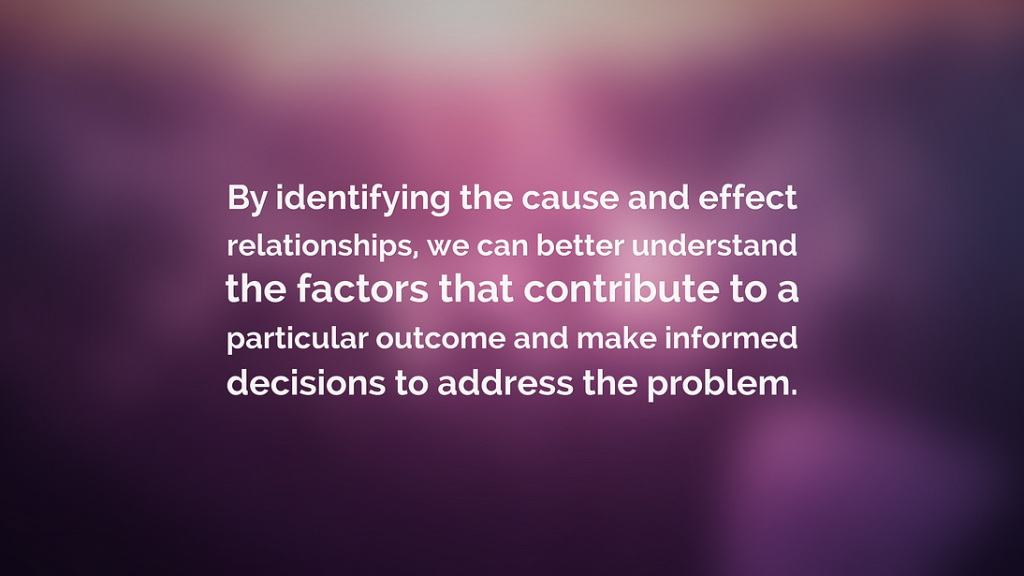Every decision we make has consequences—some predictable, others surprising. The Cause-and-Effect mental model helps us trace problems to their root causes, improving our ability to make sound decisions. Instead of treating symptoms, this approach ensures we address the real issue.
Understanding the Cause-and-Effect Mental Model
What It Is
Cause and Effect is a simple yet powerful framework: every outcome has a cause, and every cause leads to an effect. Identifying these relationships helps us make better choices and prevent recurring issues.
Why It Matters
- Finds the root cause: Avoids band-aid solutions.
- Improves decision-making: Helps in personal and professional settings.
- Encourages critical thinking: Prevents knee-jerk reactions.
Example: Job Dissatisfaction
Suppose you’re feeling unhappy at work. Using this model, you identify potential causes:
- Cause 1: Lack of growth opportunities → Effect: Feeling stuck.
- Cause 2: Poor management → Effect: Low motivation.
- Cause 3: High workload → Effect: Stress and burnout.
Pinpointing the root cause helps you take the right action—seeking mentorship, changing teams, or learning stress management techniques.
Steps to Apply the Cause-and-Effect Mental Model
1. Identify the Problem
Clearly define the issue. Example: You’re constantly exhausted.
2. List Possible Causes
What’s contributing to the problem? Possible causes of exhaustion could be:
- Poor sleep
- Stress
- Lack of exercise
- Unhealthy diet
3. Analyze Cause and Effect
Evaluate how each factor contributes to the problem. If stress is a key driver, what’s causing it? Work? Relationships? Uncertainty?
4. Determine the Root Cause
Ask “Why?” multiple times (The 5 Whys technique).
Example:
- “Why am I exhausted?” → Poor sleep.
- “Why is my sleep poor?” → Late-night screen time.
- “Why am I on screens late?” → Work overload.
- “Why do I have work overload?” → Poor time management.
5. Take Action
Once you identify the root cause, fix it at the source. In this case, time management techniques like prioritization and scheduling could help.
Advantages of Using This Model
✔ Prevents surface-level fixes—Solves the actual problem.
✔ Enhances logical thinking—Encourages systematic problem-solving.
✔ Works in any situation—Useful in business, relationships, and personal growth.
Common Pitfalls & How to Avoid Them
- Jumping to conclusions → Always gather enough data before deciding.
- Overlooking interconnected causes → Problems often have multiple contributors.
- Ignoring indirect causes → Some causes are not obvious at first glance.
- Failing to follow through → Identifying the cause is useless without action.

Final Thoughts
The Cause-and-Effect mental model is a game-changer for decision-making. By identifying root causes rather than treating symptoms, we can solve problems effectively, improve processes, and make smarter choices. Next time you face a challenge, step back and ask: What’s the real cause?
